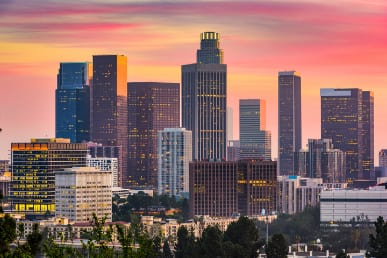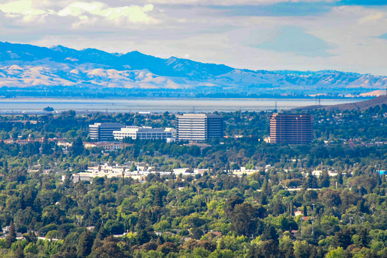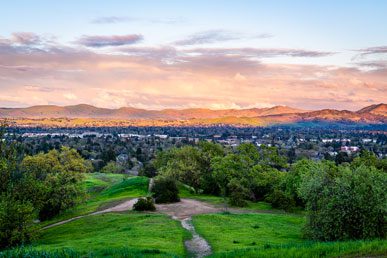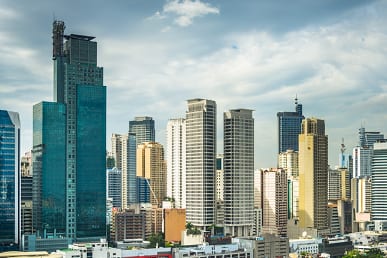The State Department revised its guidelines to allow F-1 and M-1 students to apply for their student visas to study in the U.S. up to 365 days prior to the start date of the program as listed on the Form I-20. The new application window is effective immediately as of the announcement on February 21, 2023. One aspect of the student visa process hasn’t changed, however: Students who apply for F-1 and M-1 student visas still cannot enter the country until they are within 30 days of the start date of their university program.
What are the new rules for student visas in US?
The recent changes will allow students more time to apply for their student visas and also book their interviews earlier. Previously, students applying to study in the U.S. were not permitted to schedule F-1 visa interview appointments or M-1 visa interview appointments more than 120 days prior to the program start date as listed on the Form I-20. Additionally, the I-20 forms could not be issued by schools more than four to six months ahead of the program start date, causing a backlog of visa interview requests. Now the Form I-20 will be issued 12-14 months ahead of the program start date, and the student may log in to the online portal and schedule an F or M visa appointment within 365 days of the program start date.
Why was there a change to the student visa guidelines?
The new guidelines will help smooth visa processing delays, make it easier for students and U.S. universities to plan ahead, and avoid the backlog in requests for interview appointments. In addition, prior to these changes, it was common for students to be turned away for applying outside of the application window. This adjustment should help alleviate stress for both students and learning institutions.
How do I apply for a U.S. student visa?
Before booking an interview appointment for an F or M visa, a student applying for a U.S. student visa must:
- apply and be accepted into a qualifying U.S. school or university; in order to be qualifying, the school must be approved by the Student and Exchange Visitor Program (SEVP)
- pay a fee to enroll in the Student and Exchange Visitor Information System (SEVIS)
- obtain a Form I-20 from the U.S. school; each individual, including the student visa applicant’s spouse and children (if applicable), is required to obtain a separate Form I-20
- complete the DS-160 form (Online Nonimmigrant Visa Application) in the U.S. Department of State portal and pay a nonrefundable visa application fee
- within 365 days of the term program start date noted on the Form I-20, the student may log into the online portal and schedule an F or M visa appointment
Students and dependents may be required to attend in-person visa interviews at a U.S. embassy or consulate. Those who qualify for the F-1 or M-1 student visa will have digital fingerprint scans taken. Applicants will receive their passports with their visas in the mail (or a pickup time scheduled).
For more information about student visas, details on visa rules, and current waiting times for interview appointments, click here.
Best immigration lawyer for student visa questions
The new U.S. student visa guidelines should make the application process smoother and more efficient for those applying, but that doesn’t mean the process is easy. If you have questions about your student visa application or status, contact us today to speak with a trusted California immigration lawyer. We’re here to help.





